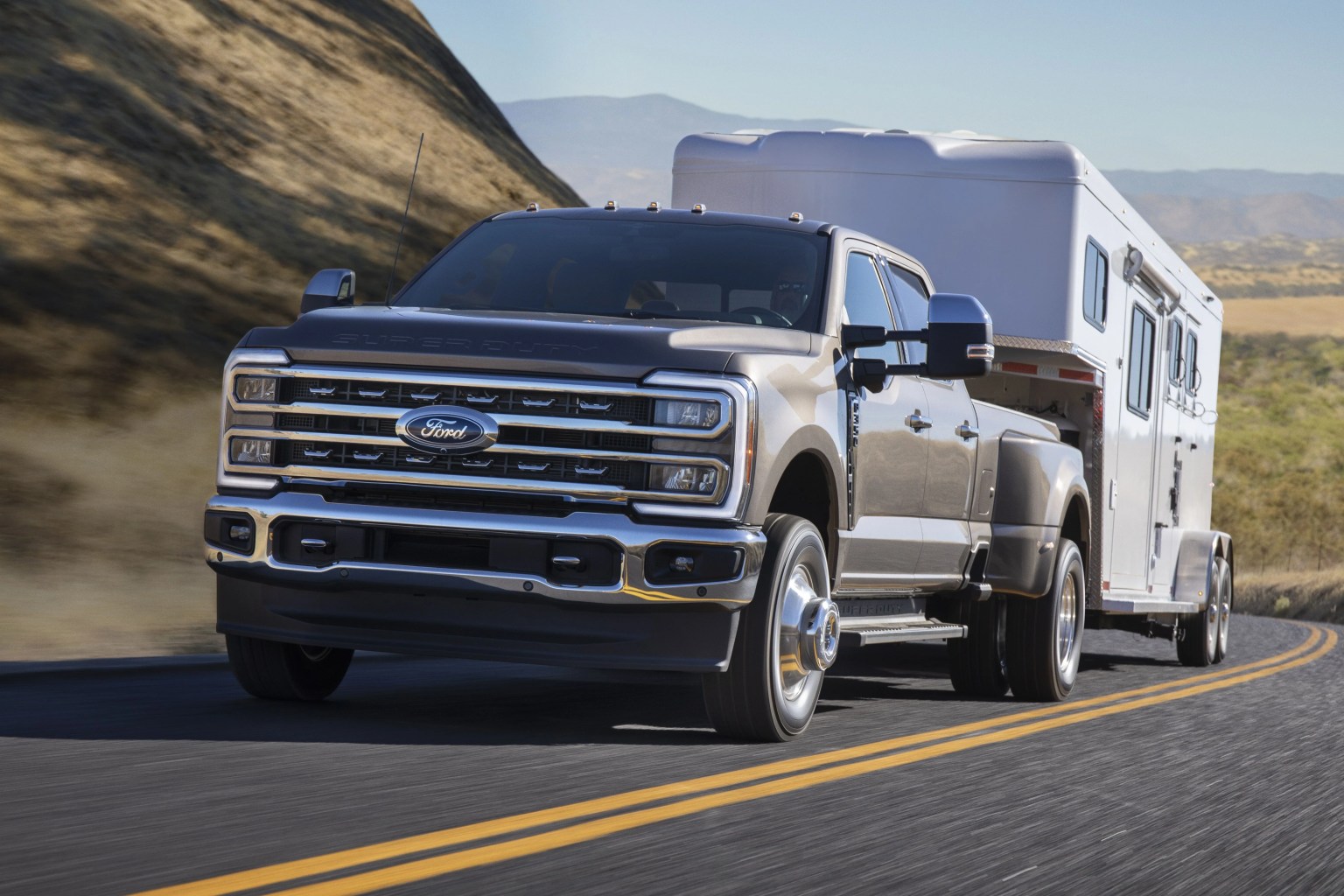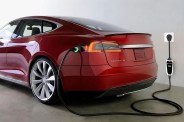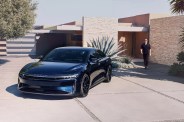Electric cars are taking over. The percentage of them on the road may seem small now, but the growth rate is massive; new EV sales grew by 65 percent in 2022 while car sales overall shrunk. With EVs pricey and often in limited production, the true pent-up demand may be much higher.
By 2030, luxury brands like Mercedes and Lexus will be mostly, if not entirely, electric. The best iterations of combustion icons like the Ford Mustang, Jeep Wrangler, Ford Bronco and Cadillac Escalade will likely all be EVs.
In short, EVs are going to win out. They will do so on merit, being nicer for most people to drive. But even as EVs take over, combustion gas vehicles will still stick around for some time. Here are four big reasons why.
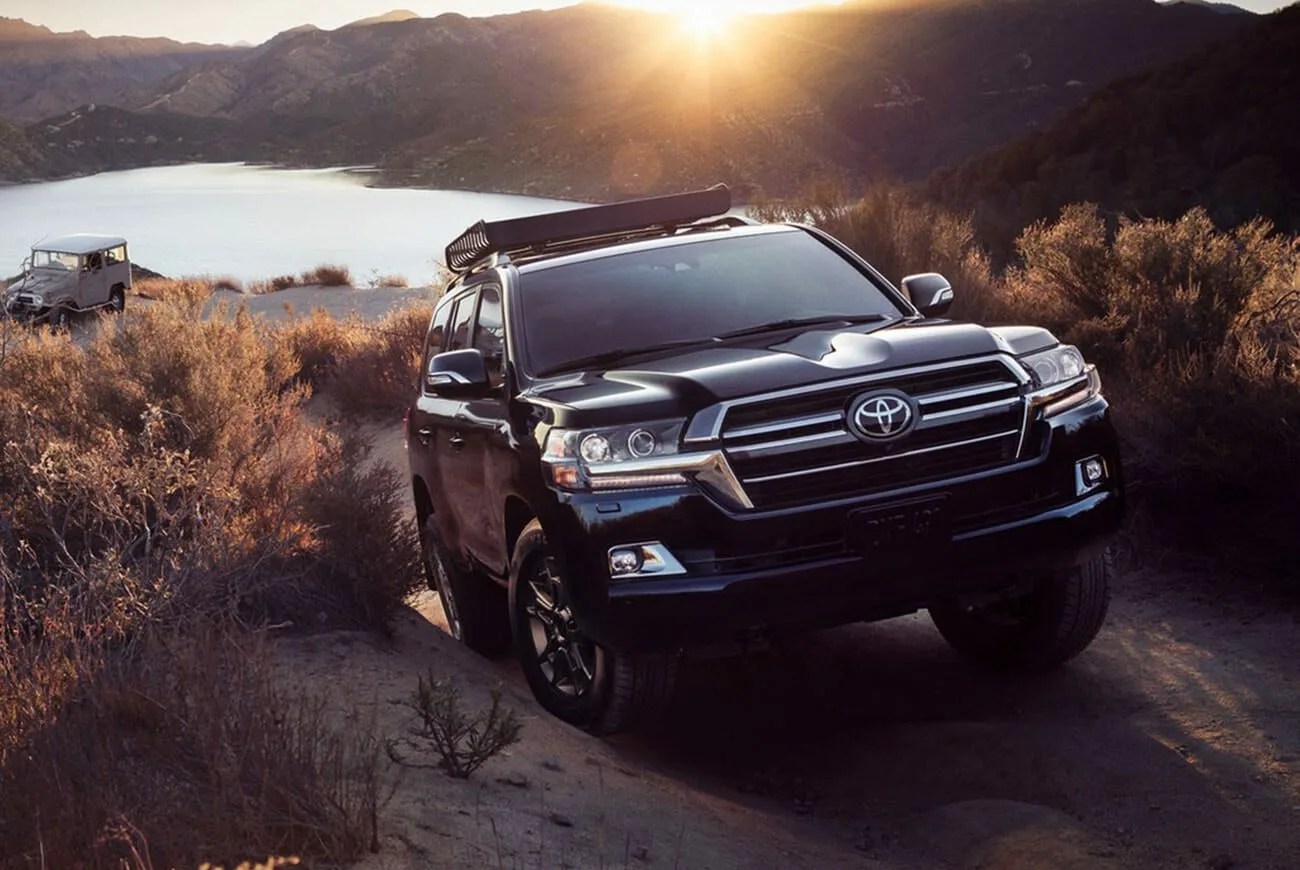 toyota
toyotaOlder cars will still be on the road
The average age of a car on American roads is 12.5 years. That figure is likely to go up as the cost of new vehicles — the average purchase price is nearing $50,000 — continues to rise. Even if you had 100 percent conversion to EVs now, there would still be a significant lag before gasoline-powered vehicles left the stage entirely. We don’t know much about how the latest EVs and their batteries will age yet. What we do know is it will be some time before there are large numbers of used EVs on the market worth buying.
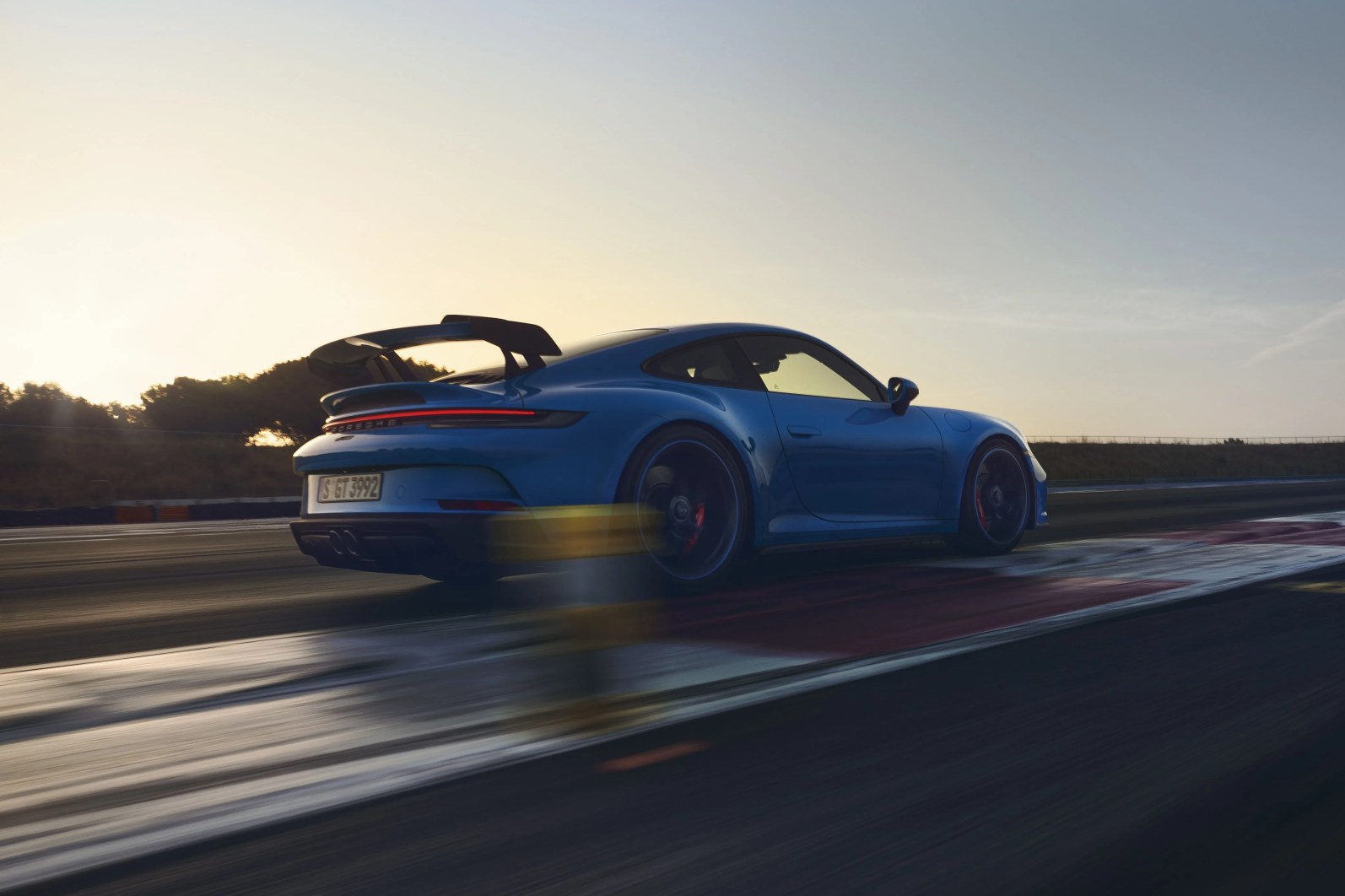 THOMAS STROGALSKI
THOMAS STROGALSKI
